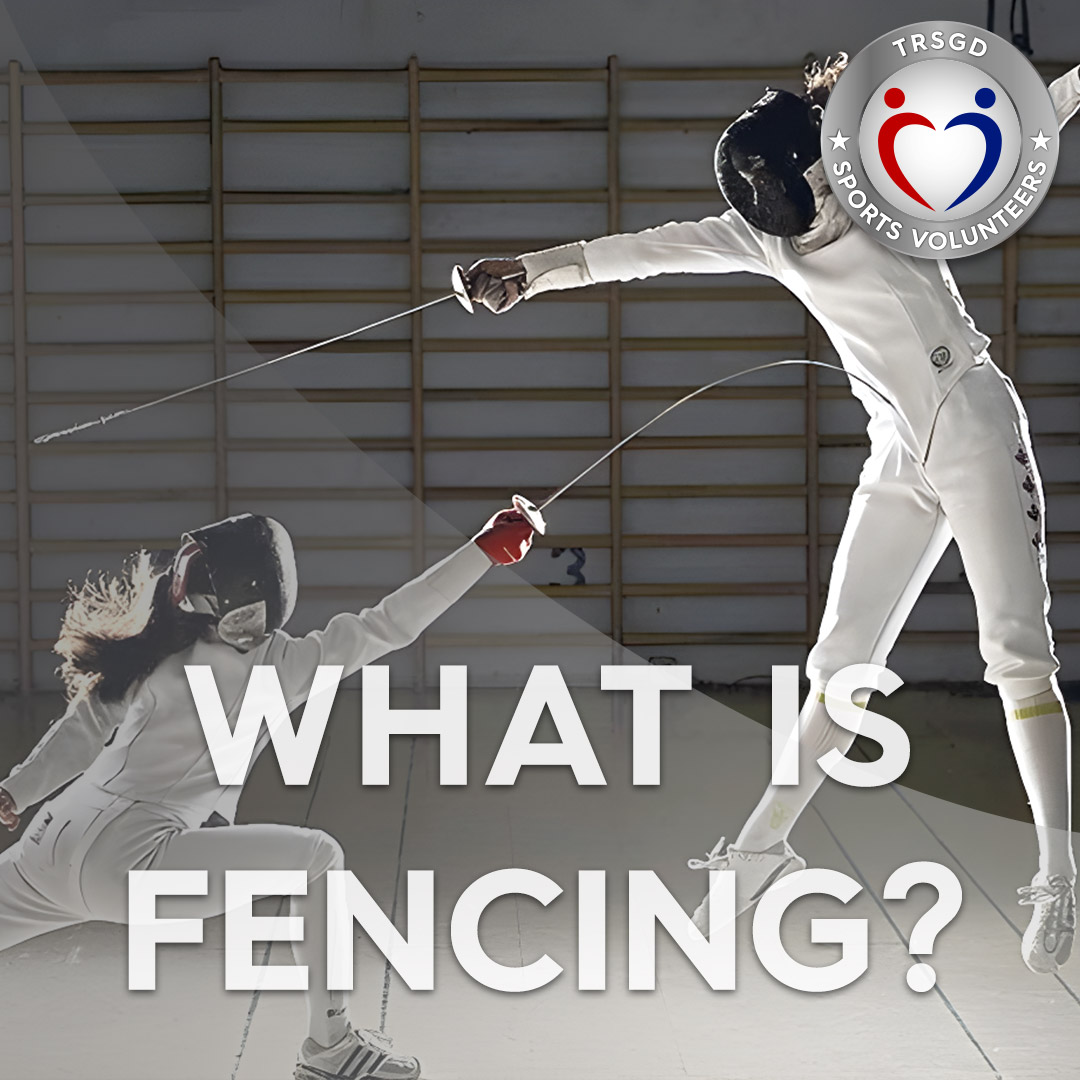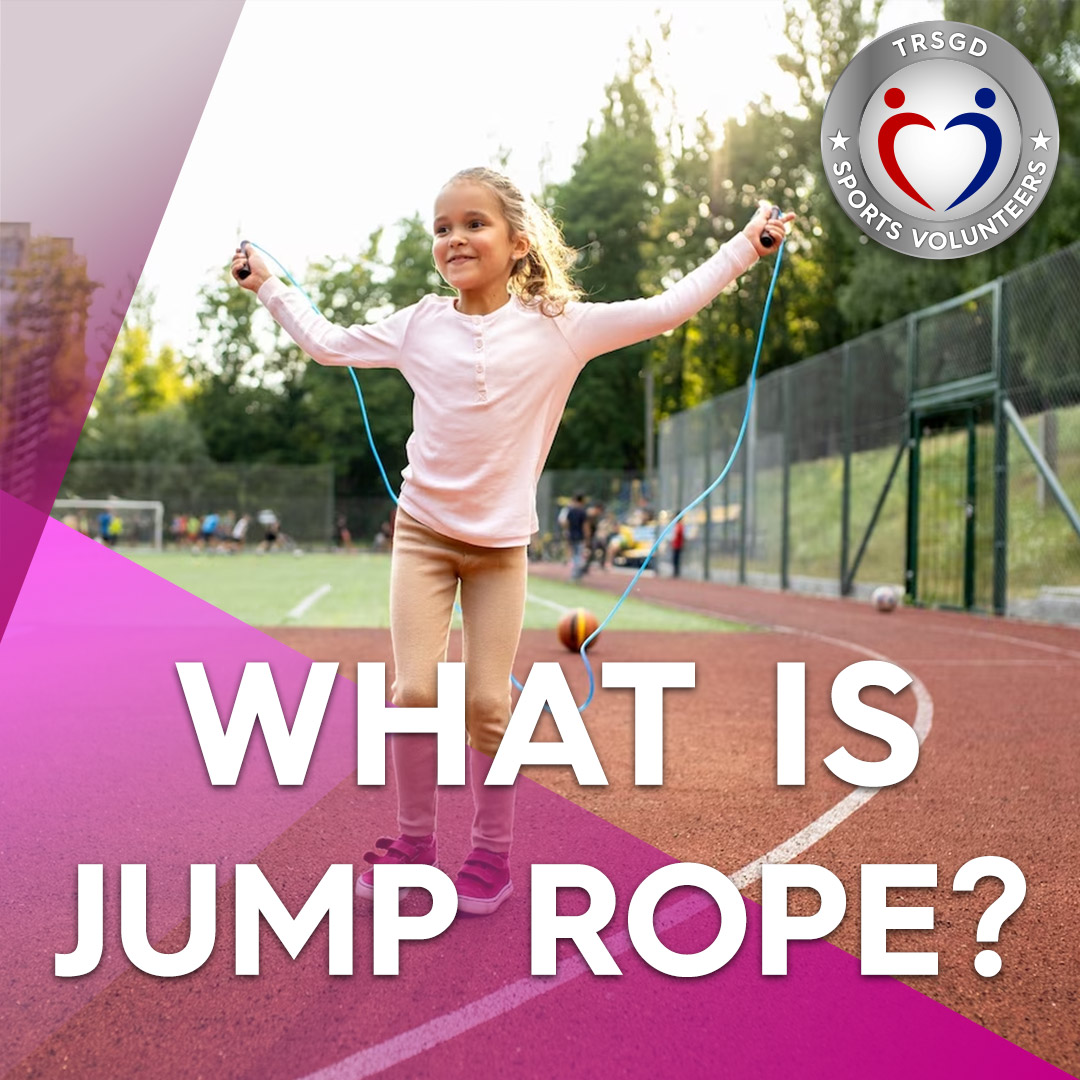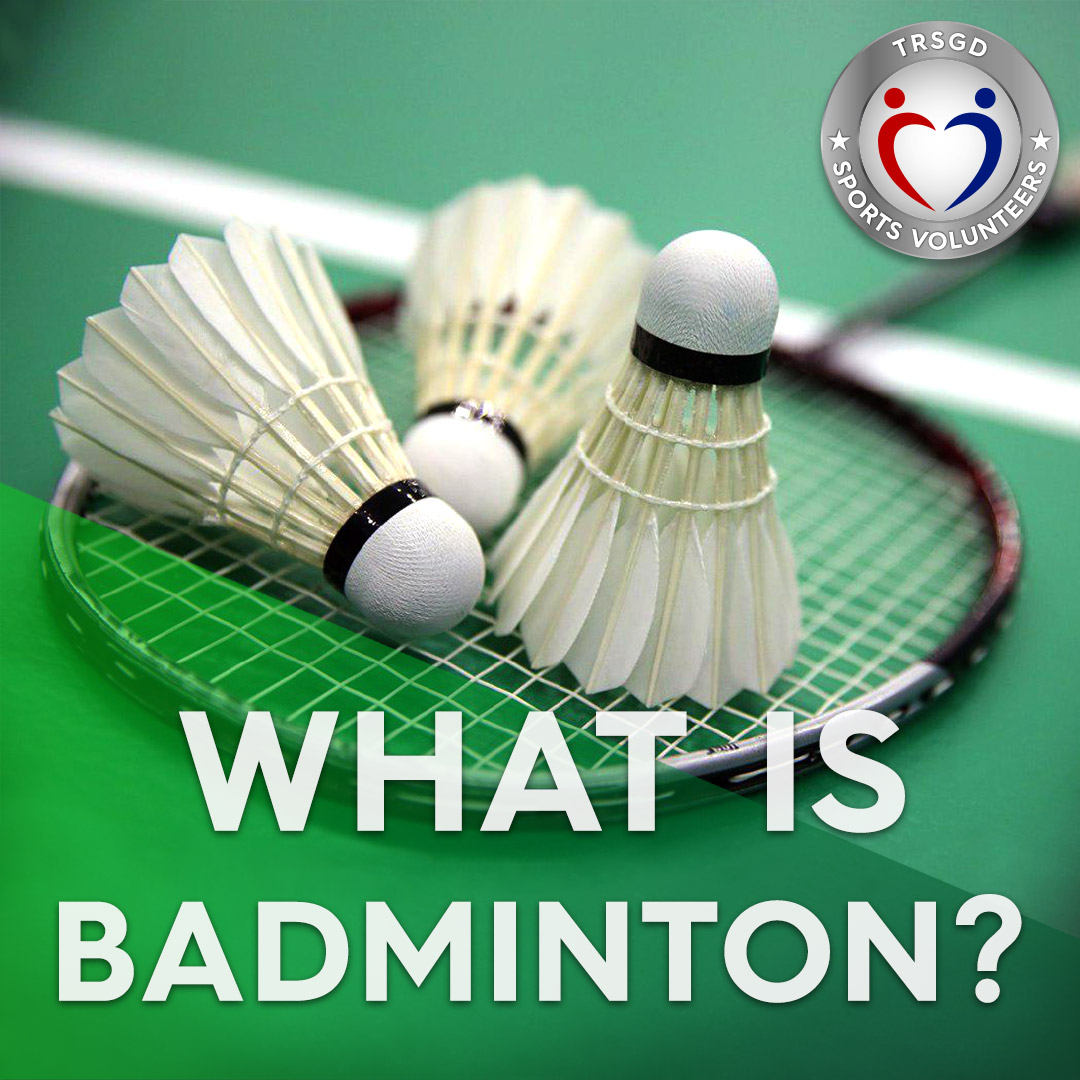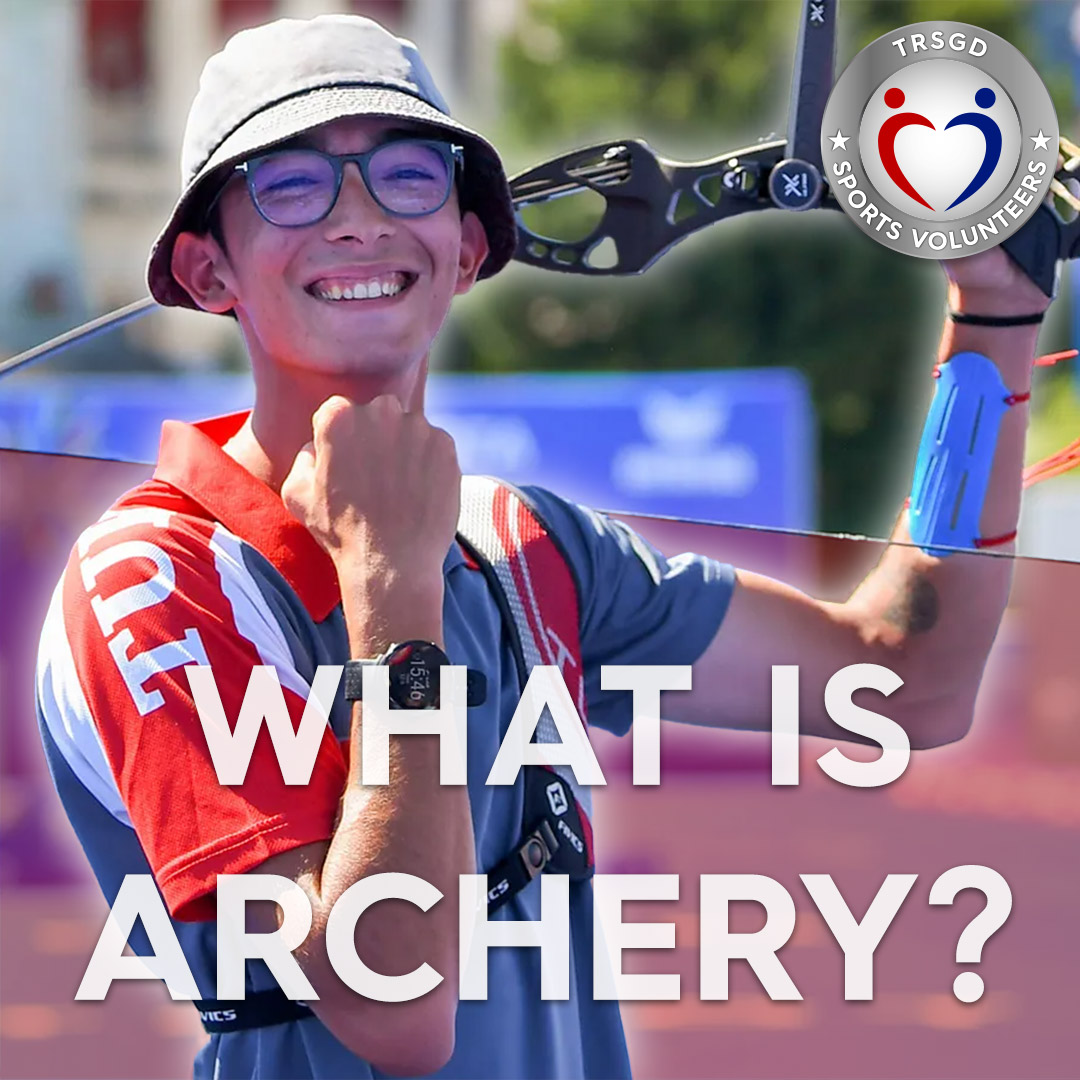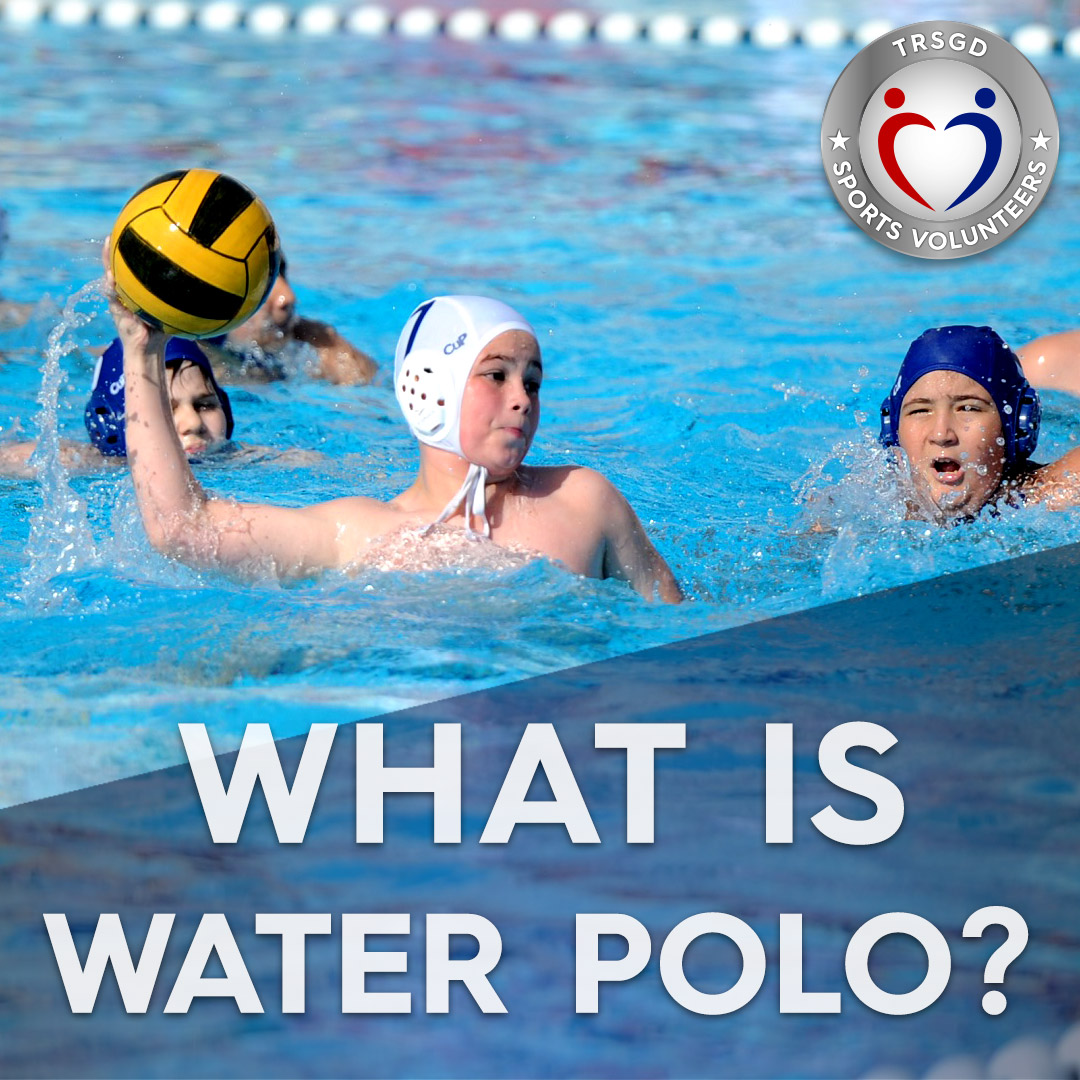Fencing, the sport of swords, is a combat sport that has evolved from medieval duels with swords to the present day. Similar to chess, it requires quick decision-making and strategic thinking, making it a sport based on both strength and intellect. Fencing is considered an art due to its wide range of techniques, finesse, and the coordination of muscles to maintain balance.
Benefits of Fencing for the Body!
The sport of fencing, with its rapid and agile movements, involves significant muscle engagement to swiftly advance and retreat with the heavy body. This workout contributes to the development of respiratory movement, increased blood circulation, elevated body temperature, and the efficient burning and absorption of nutrients. Additionally, fencing has a significant impact on regulating the nervous system, especially enhancing visual and tactile senses. Fencing provides health, endurance, speed, strength, agility, flexibility, balance, reflexes, coordination, intuition, and quick thinking and decision-making skills.
Types of Swords in Fencing
Foil: A thin weapon with a length of 1.1 meters, featuring a small button and bell at the tip. Weighing a maximum of 500 grams, the foil is used in the initial learning stage. Points are scored by thrusting the foil into the opponent’s body. If both competitors make the thrust simultaneously, the one with the advantage in the attack wins the point. Strikes are allowed only on the torso, and hits to the arm, leg, or head are considered invalid.
Epee: Heavier and sharper than the foil, the epee allows strikes only with the tip of the weapon, leaving no marks on clothing. Unlike the foil, there is no restriction on where the strikes can be made, allowing hits to the arm, leg, and head. Points are scored independently of the advantage in attack, and simultaneous hits can result in points for both fencers.
Sabre: A straight and flat weapon, points are scored in sabre fencing by striking the opponent’s upper body with the tip or side of the blade.

